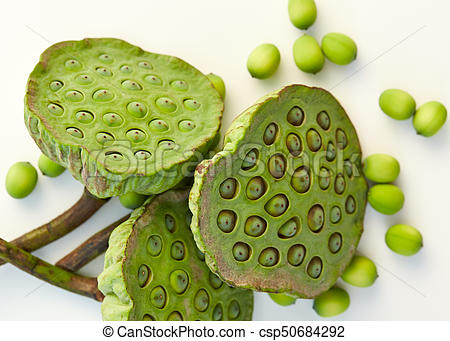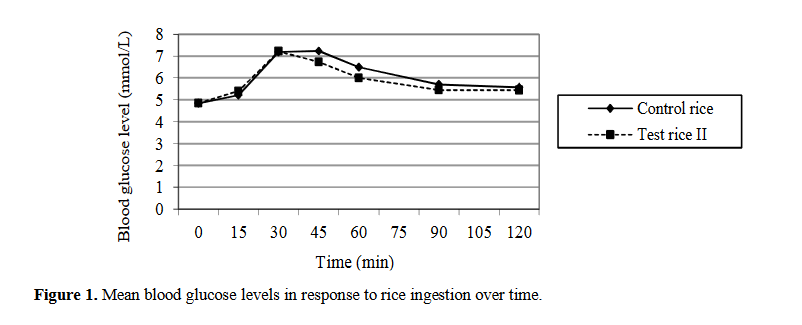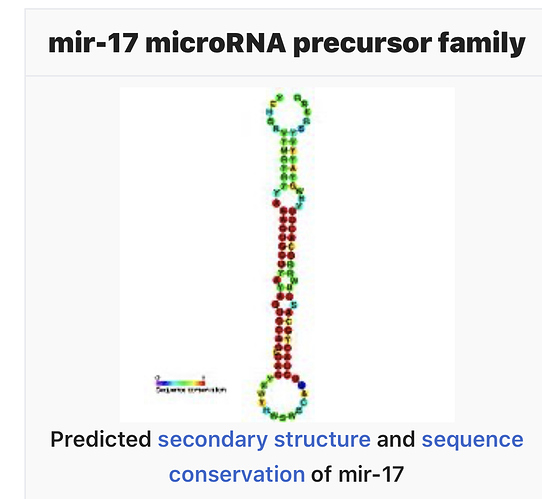Huh. I thought white rice was white rice. Interesting.
Resistant starch - left the carnivore thread
When a study uses the word “significantly” it is usually in connection with the statistical significance. A statistically significant result can easily be clinically insignificant, however, which is the trouble with a lot of these studies. A statistically significant drop in whatever from 1.30 to 1.26, say, generally isn’t very helpful to the clinical situation.
@ctviggen @JohnH thanks for your replies 
I’m histamine intolerant and my gut must have been a mess pre-keto. I connected a lot of symptoms towards the end of my SAD life (and it was sad, indeed ;)) and keto was my magic pill. I’m always looking for ways to somehow improve my gut, but maybe since I’m doing much better on keto, keto is doing that already and that should be enough?  I avoid a lot of veggies (histamine, oxalates, lectins), but I like my daily arugula+mache salad and occasional mushrooms, asparagus and cabbage.
I avoid a lot of veggies (histamine, oxalates, lectins), but I like my daily arugula+mache salad and occasional mushrooms, asparagus and cabbage.
I might try an experiment next year, maybe even try @SlowBurnMary way with basmati rice and keep it whole food.
Here’s to 2020 n=1 experiments, and food as medicine - just make sure that rice is properly chilled first then fried up well in good fat to seal it with natural rubbery goodness for the road trip to the large intestine 
Cheers!! 
I remember you had a detailed post on how you prepare your rice, so I will definitely read it again and try your way.
It also depends on the soil quality (deep non-horticultured ground soil pulled to the surface) of where the starch was grown, if your starch is grown in chemical fertilizers or hybrid species of rice, it would be a very poor quality starch or you live in the desert like bushmen and your pulling roots and tubers out of the ground to simply get some water your probably getting the best resistant starch Mother Nature has to offer?
If we are talking rice you would want wild rice not domesticated hybrids of the species; grown in real dirt (ancient sea beds) without chemical fertilizers.
Polished white rice alters (destroys) the nutritional value on top it being a hybrid.
Green bananas and Plantains are probably going to be the better resistant starch because the roots are embedded deeply in the ground but could still be chemically fertilized.
Raw sweet potato is another, I like to cut them into French fry sticks and stick them in the fridge inside a glass of water and eat them occasionally.
And of course there are regular potato’s which you have to boil and rinse two or four times, you don’t cut them, you leave them whole or they will turn into mush after boiling and cooling them in the fridge so many times. Also works great if your doing the potato only diet which produces high ketones.
Purple potato’s and lotus seeds (image below) are even better than high-amylose maize resistant starch (RS4) or any other form of resistant starch?

Quote from link above: “…Remember, though, that not all amylose is the same. In lab tests, the amylose in lotus seed and purple potatoes outperforms that found in high-amylose maize starch (RS4) by producing healthy gut bacteria more efficiently. (10, 11) …”
No Clear Requirement for Dietary Carbohydrates for Human Adults
I’d like to see blood sugar, taken every 15 minutes via pinprick or preferably a CGM.
I stopped this process with rice due to high blood sugar.
Egad, this study is crap. What they say in the Abstract is this:
In the clinical study, test rice II significantly lowered glycemic response compared with control rice (125±50.1 vs 152±48.3 mmol.min/L, respectively; p=0.047).
But what this means is this:
Does that “significant” lowering of glycemic response look “significant”? They still hit 7 (=126 US units), and was still higher two hours later.
Compare that with my blood sugar response caused by 1 pound of ground beef + 1 can anchovies:

Note that to interpret that graph, you also have to know that my blood sugar is highest just close to noon and lowest at night sometime. So, that 5.1 to 4.7 is a natural decrease occurring every day. I interpret this to mean that 1 pound ground beef + 1 can anchovies = absolutely zero blood sugar rise.
Meanwhile, that study says that if you want to eat a lot of rice, there’s a tiny, minimal, ridiculously small decrease in AUC (area under the curve). You’ll still get high blood glucose.
This is one reason why I gave up research in this area. The “benefits” are typically tiny, and then when it comes to probiotics, they really have no freaking clue what’s good, what’s bad, or whether your biome would even be affected by these.
Well, I go with my gut on this and get a nice mental boost from RS, which noticeably helps my keto brainz. Certain angles aren’t researched ever, anyways, the microbiome being a ‘new’ area of study. I did recently learn that apparently the microbial populations in our gut change in relation to food we eat, at about 20 minutes after eating the food.
We’re constantly changing!
@atomicspacebunny that’s really interesting about the purple potatoes… I wonder if it also applies to purple sweet potatoes which I recently discovered. I once tried lotus seeds, but they tasted like pondwater so I couldn’t get into them (though I love pickled lotus root!).
Green bananas fried in ghee and served with Lakanto syrup sure sound good… though dealing with a steady supply of the fresh proper green ones is more of a hassle for me in my present lifestyle. So I just looked into green banana flour instead and apparently once heated above 140 degrees F, the RS disappears. So green banana flour needs to eaten in its raw state, ack.
I use white basmati as it’s an ayurvedic thing - the hull is considered very heating when one partakes of various warming spices, and the straight starch is soothing to the gut, so I make it RS. I figure I get a ton of micronutrients other ways, so my little RS basmati ghee supplementation is part of how I keep it simple, as I often get it with indian or persian lamb takeout, and keep an easy supply in the fridge etc.
BUT I sure could get into fried green bananas w/ sweetener… (I used to eat them in the late 1980s when I frequented some Central American restaurants where I used to live). Yummmmmm yum noms noms! I’ll have to study up on this more…
That also demonstrates an intolerance to oxidizing carbohydrates (increased intrahepatic and intramyocellular lipids or fatty deposits).
I would hate to be in a situation (inc. reduced beta and alpha insilets) where if I eat one little carbohydrate I get chronically elevated levels of insulin or blood sugars. That sounds really scary! eeew!
Yes I think it has to do with the purple color giving it additional antioxidant properties besides the resistant starch, I like to eat them raw…lol
Your post makes no sense. I ate no carbs. I have tons of data from carbs if you want to see it.
Yes! I would really like to see your carbohydrate tolerance data plots.
That’s way more interesting and valuable to me.
I will also be taking into account your physical exertion or sedentary time and type of muscles being used.
Oh my WORD!
One can half fry some plantain, then flatten it better, than re-fry as semi-round disks for burgers. For RS, this would be green banana ofc. It’s stunning! (Based on my incretins protocol, I would still eat the meat first though… ) This recipe I saw today looks so wonderful, hope to try it someday.
Thought this was worth reposting:
image link”…“Red meat and resistant starch have opposite effects on the colorectal cancer-promoting miRNAs, the miR-17-92 cluster,” said Karen J. Humphreys, PhD, a research associate at the Flinders Center for Innovation in Cancer at Flinders University in Adelaide, Australia. “This finding supports consumption of resistant starch as a means of reducing the risk associated with a high red meat diet.” …” …More
References:
[1] “…MicroRNAs (miRNAs) encoded by the miR-17-92 cluster and its paralogs are known to act as oncogenes. Expression of these miRNAs promotes cell proliferation, suppresses apoptosis of cancer cells, and induces tumor angiogenesis. …” …More
I like that you can reheat some resistant starches and not affect their usefulness.
If there’s a demonstrable need for more resistant starch/soluble fiber/ food for large intestine bacteria, that’s one thing. But I usually have to laugh or shake my head - people are talking about it on Facebook and it’s like, “Oh GOOD! Now I can eat rice again!!” And they’re massively obese and Type 2 Diabetic, and that rice is still almost entirely digestible starch… 
If there really does need to be more in one’s diet, it sure seems to me like it’d be best to avoid all the non-resistant starch, if possible, if carbs, insulin, etc., are concerns. High-powered university laboratories have had many people doing many experiments, and over several days of heating and cooling cycles, a maximum of 5% or 6% is the limit thus far.


